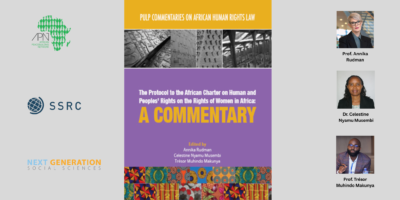When Pope Benedict XVI lifted the excommunication of a Holocaust-denying bishop in January 2009, it sparked a very public dispute. Catholic World News editor Philip F. Lawlor examines the partial truths that were reported and, explaining public relations failures of the Vatican following the controversy, makes suggestions for improvement:
Even among today’s critics who have lashed out at the pope, some remain unaware that Benedict XVI had not known about Williamson’s appalling views, and when he was informed, the pope quickly issued a public statement to disassociate himself from Holocaust deniers. Others do not realize that Benedict XVI had not restored Williamson and the other SSPX bishops to regular status. Those four bishops are still suspended from public ministry; the lifting of their excommunications was only one step in a process of reconciliation. But the media message that carried the day: Williamson, an anti-Semite, was back in business.
[…]The Catholic Church, which so zealously guards the accuracy of doctrinal statements, should realize how quickly a misunderstanding can spread and how difficult it is to repair the damage.
If the original announcement in late January had been accompanied by a full explanation of what the pope was doing and why, some people would still have objected. But at least their criticisms would have been productive, because they would have been aimed at the pontiff’s real actions and motivations—to encourage reconciliation within the church—rather than squandered on a false target.
This isn’t just a problem with public perception. The Vatican’s awkward approach undermines the church’s ability to teach, distorts the impressions that outsiders receive and complicates the lives of faithful Catholics who are put in the unenviable position of defending or explaining—as in Williamson’s case—the indefensible.
How could the Vatican improve its ability to convey stories accurately? The necessary steps are simple enough: Plan announcements in advance. Anticipate objections. Alert potential allies. Prepare “talking points.” Have experts on hand to brief reporters when the announcement is made.
Read the full column here.











